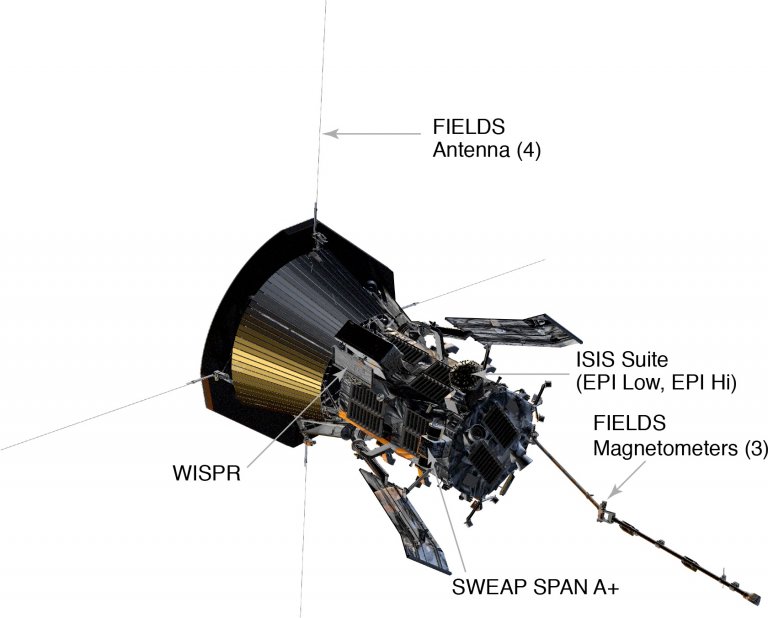The Parker Solar Probe (PSP) completed 11 perihelions out of 24 planned last month. As the probe raced past the Sun, it was observed by more than 40 space and ground-based telescopes. They all are the most diverse, and observe our star at different wavelengths.The campaign included the recently commissioned Daniel K. Inouye Solar Telescope in Hawaii and the ESA-controlled Solar Orbiter. Among the entire armada, one spacecraft provided a unique vantage point — MAVEN. This is a Mars orbiter, controlled by NASA. Thus, it was one of the most coordinated space operations.

Unfortunately, none of these telescopes could see the PSP. The bus-sized device is so tiny against the gigantic size of the Sun that it is simply invisible to even the most powerful telescope.
What Parker Solar Probe had to go through
A few days before the 11th perihelion, the PSP was struck by a “large solar prominence”. The flash hit the spacecraft with charged particles. Such a blow would easily damage an unprotected spacecraft and destroy its electronics. But Parker was created for such turbulence. Its sensors are securely protected and have been busy collecting data all along.

The probe already encountered a large amount of “high-speed dust” at the end of last year. However, this does not pose a danger to the spacecraft itself, but can only cause short-term noise in the probe’s devices. However, such extreme proximity allows Parker Solar Probe to set new speed records. As it travels around the largest object in our solar system, it gains incredible gravitational acceleration.
The last, 24th, perihelion of the PSP is scheduled for 2025. That same year, NASA plans to complete the mission of the fastest man-made spacecraft.
According to Universetoday.

